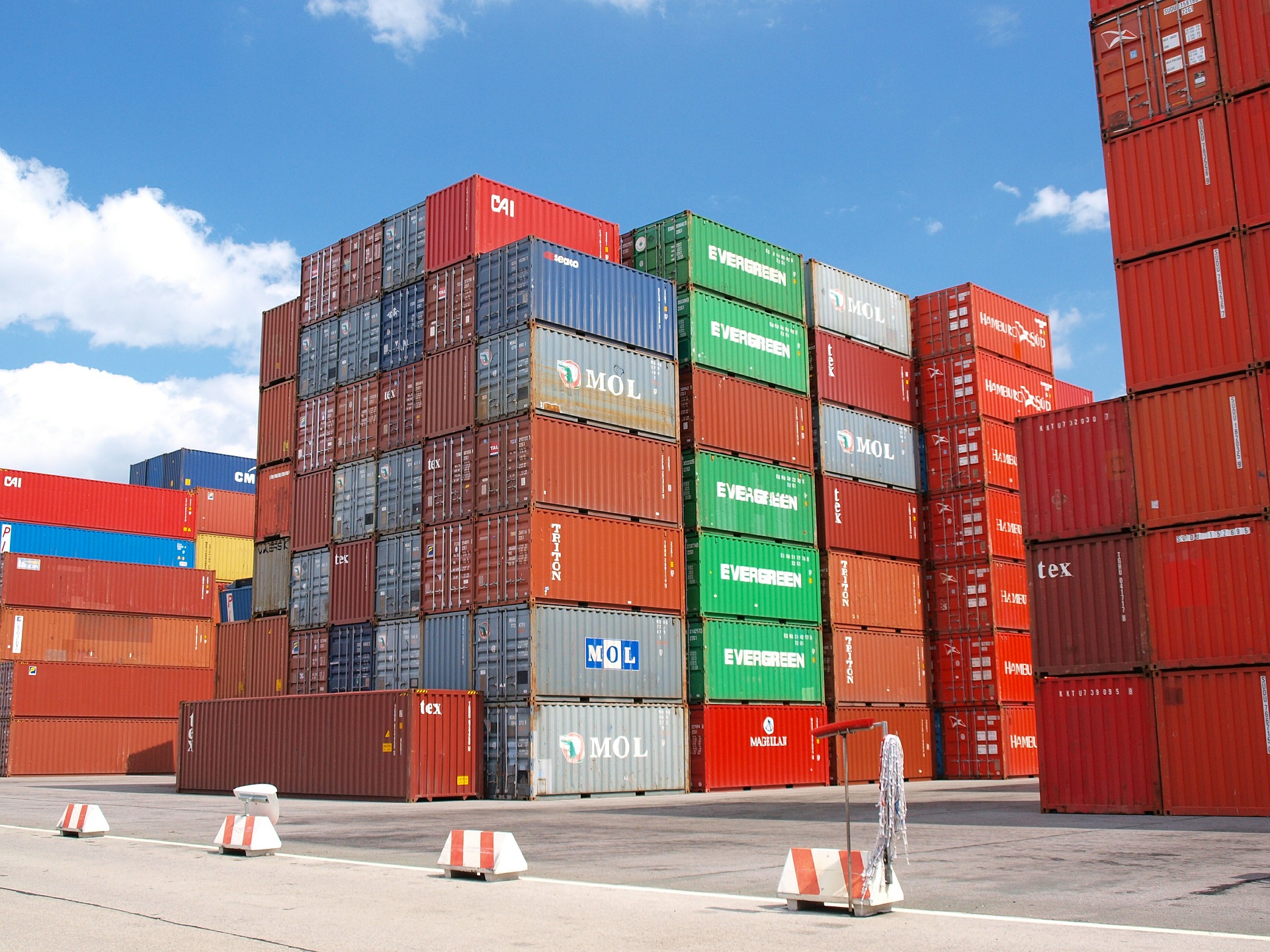
I’m always impressed with unique applications of 3D printing, but according to G4S, a global security firm, there’s a new, darker application being used.
The threat is pretty simple, really: cargo shipments are usually stored within sealed containers. These containers are “officially sealed” with security devices, which, if opened prematurely, indicate someone’s been inside the container.
This is the idea: 3D print a replica of the cargo seal; Break into the container and remove / replace the contents; apply the counterfeit cargo seal to the container and no one will notice the goods are missing until it’s too late. At the point of discovery it will be nearly impossible to identify when or where the theft occurred, making it very difficult to apprehend the perps.
And, according to G4S, it’s worse than that: you can also 3D print replicas of security keys or other tools to assist gaining access to shipments.
G4S says that thieves can either print the parts themselves, or send the 3D model to any number of 3D print services to have them made in the correct materials.
Since previous criminal 3D print escapades involved 3D printing ATM covers to hide skimming equipment, many 3D print services are on the lookout for such part requests. But do they watch for random cargo seals? What does a cargo seal look like, anyway?
And even worse, how does a shipping company combat this approach? It’s possible to vary the size, shape, color and other specifications of the cargo seals, but of course anything new can be rapidly reproduced.
In the end it would seem that cargo seals will eventually have to employ some form of digital verification, which would make them far more expensive. And there’s a lot of cargo seals being used everyday. Just something more to add to the cost of production.
Thanks, criminals.
Via G4S

